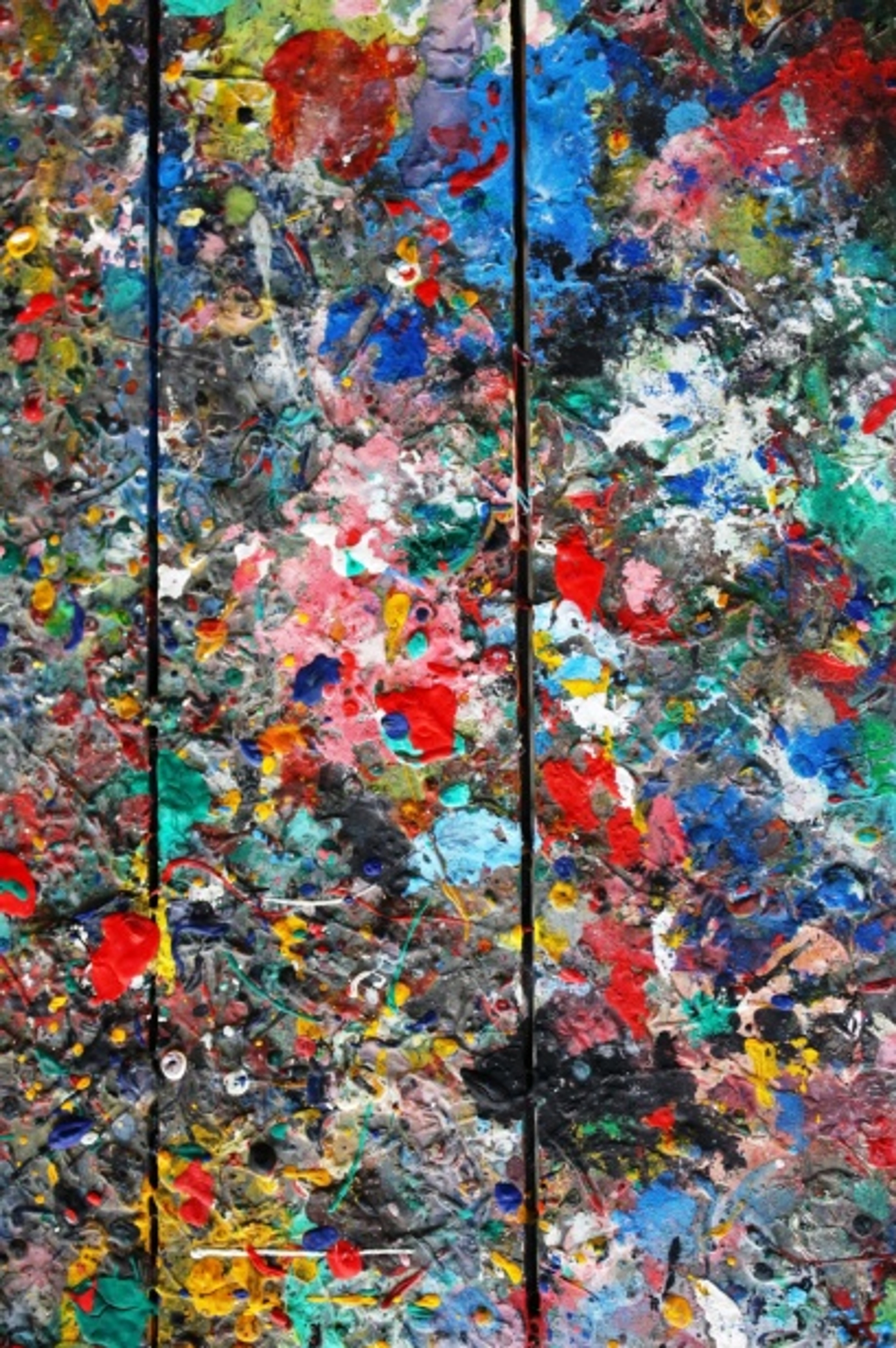
The Art of Growing Minds: Creativity's Profound Impact on Children's Brains and Future
Uncover how art profoundly shapes children's cognitive development, problem-solving, emotional intelligence, and creativity. Learn practical tips from an artist on nurturing growth and neuroplasticity through diverse creative play for every child.
The Art of Growing Minds: Creativity's Profound Impact on Children's Brains and Future
Let’s be honest: when I was a kid, my art wasn't exactly gallery-worthy. Think more along the lines of a chaotic explosion of color that only a mother could love – and even she probably squinted a bit. I still vividly remember one particular 'masterpiece,' a rendition of our family dog that looked suspiciously like a four-legged, multi-colored blob, proudly presented with paint still clinging to my cheek. But here’s the thing I’ve come to understand, both as an artist myself and simply by observing the world through the lens of my own creative journey: those glorious, often messy, creations weren't just about making something 'pretty.' They were little brain-building exercises, packed with potential. This article isn't just a nostalgic ramble; it's an exploration of how art – encompassing visual arts, music, dance, and drama – in all its chaotic glory, profoundly shapes the developing minds of children, enhancing everything from cognitive development and critical thinking to emotional intelligence, motor skills, and creative problem-solving, ultimately fostering a more inclusive and imaginative world.
For a long time, art was seen as a 'nice-to-have' in education, something extra for the kids who were 'good at it.' But I've always felt, deep down, that it's so much more fundamental. It's not just about creating a masterpiece; it's about the process, the thinking, the feeling that goes into it. Educational thinkers like Maria Montessori, with her emphasis on practical life skills and sensorial materials that subtly prepare children for abstract thought through direct manipulation and sensory exploration, or Friedrich Froebel, who pioneered kindergartens focused on play-based learning and the direct manipulation of 'gifts' (geometric solids) and 'occupations' (crafts), instinctively understood that engaging the hands and senses wasn't a diversion from learning, but the very crucible where understanding is forged. Their geometric solids, for instance, were early lessons in spatial reasoning and form, much like sculpting or drawing, directly engaging the neural pathways responsible for pattern recognition and abstract thought. At a time when education was largely focused on rote memorization and rigid instruction, their groundbreaking approaches championed a child-centered, experiential learning model that recognized the intrinsic link between sensory engagement and intellectual growth. Even later movements, like the Bauhaus, emphasized integrating arts into all aspects of learning and life, seeing creativity as essential to problem-solving and design across disciplines. They knew art wasn't a frill; it was the essential soil for young minds to flourish, planting seeds of future comprehension and innovation. And that, my friends, is pure rocket fuel for a developing mind.
The Brain's Masterpiece: How Art Rewires Young Minds
This intuitive understanding of art's power wasn't just philosophical; modern science now gives us the tools to observe why it's so vital. Now, "cognitive development" sounds like a term plucked straight from a university lecture, doesn't it? And frankly, big words can be intimidating. But let's break it down in a way that makes sense. At its core, cognitive development is about how children think, explore, and figure things out. It's about how they construct knowledge, solve problems, remember, imagine, and make sense of the world around them. Think of it as their brain’s operating system getting constant, vital updates, much like a rapidly expanding city map, adding new routes and connections every day, building new neighborhoods of thought around logic, language, and imagination. This encompasses everything from recognizing shapes and understanding cause and effect, to developing imaginative play and abstract reasoning, including vital executive functions like planning, impulse control, and working memory that are key to complex thought and behavior. These foundational updates prepare them for every stage of learning, from the simplest concepts to the most complex academic challenges. It's also in these moments that children often experience a 'flow state', that deeply immersive experience where one loses track of time, fully absorbed in a creative task, which is incredibly beneficial for sustained concentration and mental well-being.
This brain, a true marvel of biology, is always rewiring itself, building new pathways with every novel experience – a phenomenon scientists call neuroplasticity. When a child dips a brush into paint, chooses a color, or decides where to place a line, they're not just moving their hand; they're actively engaging multiple brain regions. For instance, the simple act of trying to mix two colors to achieve a third engages the visual cortex, frontal lobe for decision-making, and motor cortex for execution. But it's more than that: when a child plans a drawing, they're exercising their planning skills; waiting for paint to dry before adding a new layer taps into impulse control; and remembering a color palette or the sequence of a dance step strengthens working memory. This constant decision-making and sensory input creates new neural connections and strengthens existing ones, shaping the architecture of their brain. My conviction has always been that art is far more foundational than an afterthought – a cornerstone of genuine learning and growth that contributes to a child's understanding of the world at every developmental stage. This aligns with Piaget's theories of cognitive development, where art provides crucial concrete experiences that help children grasp abstract concepts. It's like a tailor constantly re-stitching and improving a garment, making it fit better and more beautifully with each adaptation.
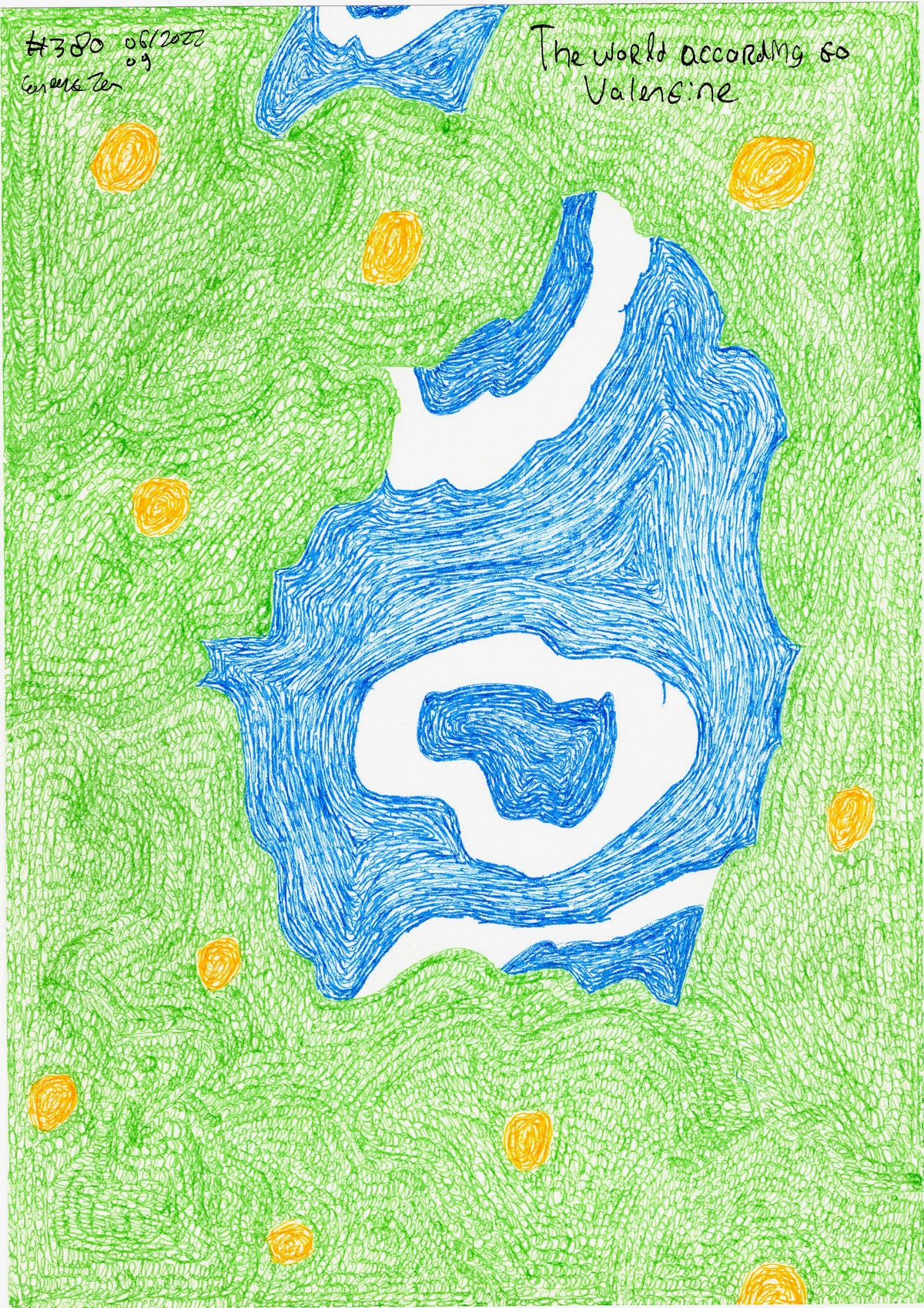
The Canvas of the Mind: How Art Sparks Growth
So, with a grasp of the science behind cognitive growth, let's peel back the layers and see exactly how art makes these profound impacts on a child's development, fostering not just an appreciation for beauty, but a robust toolkit for life.
Problem-Solving & Critical Thinking in Technicolor
I remember this one time, a little nephew of mine was trying to draw a tree. He wanted it to be 'perfect,' but his hand just couldn't quite get the branches right. He tried a solid brown rectangle, then a green blob on top, then he got frustrated. But instead of giving up, he thought, "What if I use lots of little lines instead of one big one for the branches?" And suddenly, a new technique emerged, imperfect but his. That, right there, is problem-solving in action, a quiet testament to their burgeoning critical thinking skills.
I can still remember grappling with a particularly stubborn abstract composition, trying to balance opposing forces of color and form, to make a piece feel 'right' without being literal. It felt like a puzzle with no edges, and a fog of uncertainty. I tried blending, scrubbing, adding, subtracting – much like my nephew with his tree. The solution wasn't immediate, but the process of wrestling with it, of trying different approaches, of even stepping away and coming back, that’s where the growth happens. When a child draws, paints, or sculpts, they're constantly facing micro-challenges: How do I make this look like a dog? What color best expresses sadness? How do I fit all these shapes on one page? Or perhaps, How can I show my toy car zooming fast without just drawing streaks? There's no single 'right' answer, which pushes them to experiment, think creatively, and find their own solutions. It's less about artistic skill and more about developing flexible thinking, fostering those crucial metacognitive skills – thinking about their own thinking process – as they reflect on their artistic choices and challenges. And crucially, it teaches them to embrace what initially looks like a 'mistake' as an opportunity and develops their tolerance for ambiguity – understanding that sometimes there's no single 'correct' path. I've lost count of how many times a smudge or an accidental drip on my canvas has opened up an entirely new, more compelling direction for a piece. This adaptability, this learning to innovate when things don't go 'perfectly,' is perhaps one of art's most invaluable lessons. It cultivates a growth mindset, teaching children that effort and experimentation are more important than innate talent. As I often explore in my journey with mixed media: blending materials for abstract expression, embracing the unexpected is key to unlocking new creative paths. What creative puzzle is your child grappling with today?
Art as a Language: Boosting Communication, Emotional & Language Intelligence
Sometimes, words just aren't enough, are they? As adults, we often struggle to articulate complex feelings. For children, it's even harder. Art provides an incredible non-verbal language. A child who can't yet explain why they're upset might draw a stormy sky or a sad face. This is them processing emotions, expressing them in a safe and understandable way. For a child struggling with a difficult experience, be it a loss, a fear, an overwhelming change, or even a social conflict, art can provide a crucial, safe outlet. It allows them to externalize internal turmoil safely, acting as a gentle, often unconscious, form of self-therapy for them. This constructive outlet also plays a key role in developing self-regulation, as children learn to channel intense feelings into creative expression rather than impulsive actions. Art also inherently builds narrative skills and sequencing, as children plan and execute a story through images, understanding how one event leads to another, or how elements combine to form a whole. Beyond visual arts, music, with its patterns and rhythms, aids emotional expression and mathematical thinking; dance fosters spatial awareness and kinesthetic learning; and drama cultivates empathy and social problem-solving through role-play, offering rich opportunities for verbal and non-verbal communication. In fact, simply naming colors, describing textures, or explaining the 'story' behind their drawing significantly boosts language development, enriching vocabulary and descriptive abilities. This ability to form and articulate thoughts through art directly supports their readiness for complex communication in other areas, like writing and public speaking. Sometimes, I wonder if the most profound statements are those whispered without a single word, much like the abstract pieces I create to buy.
This act of self-expression builds emotional intelligence, helping them recognize and label feelings, both their own and others'. It's also a powerful tool for communication, allowing them to share their inner world before their vocabulary catches up. Beyond self-expression, art also fosters empathy. When children encounter another child's drawing of a sad monster or a happy sun, they're engaging in a subtle act of interpretation, trying to understand the creator's intent and emotion. This ability to 'read' the feelings conveyed through art is a stepping stone to understanding different perspectives and navigating social dynamics in real life. It also plays a vital role in developing a child's sense of identity and self-worth, as they see their unique voice and vision valued. My own abstract art, in a way, aims to do something similar – to evoke a feeling or a thought that goes beyond simple words, inviting the viewer into a personal dialogue. If you’re curious about exploring art that speaks without words, you can always check out some of the pieces available to buy.
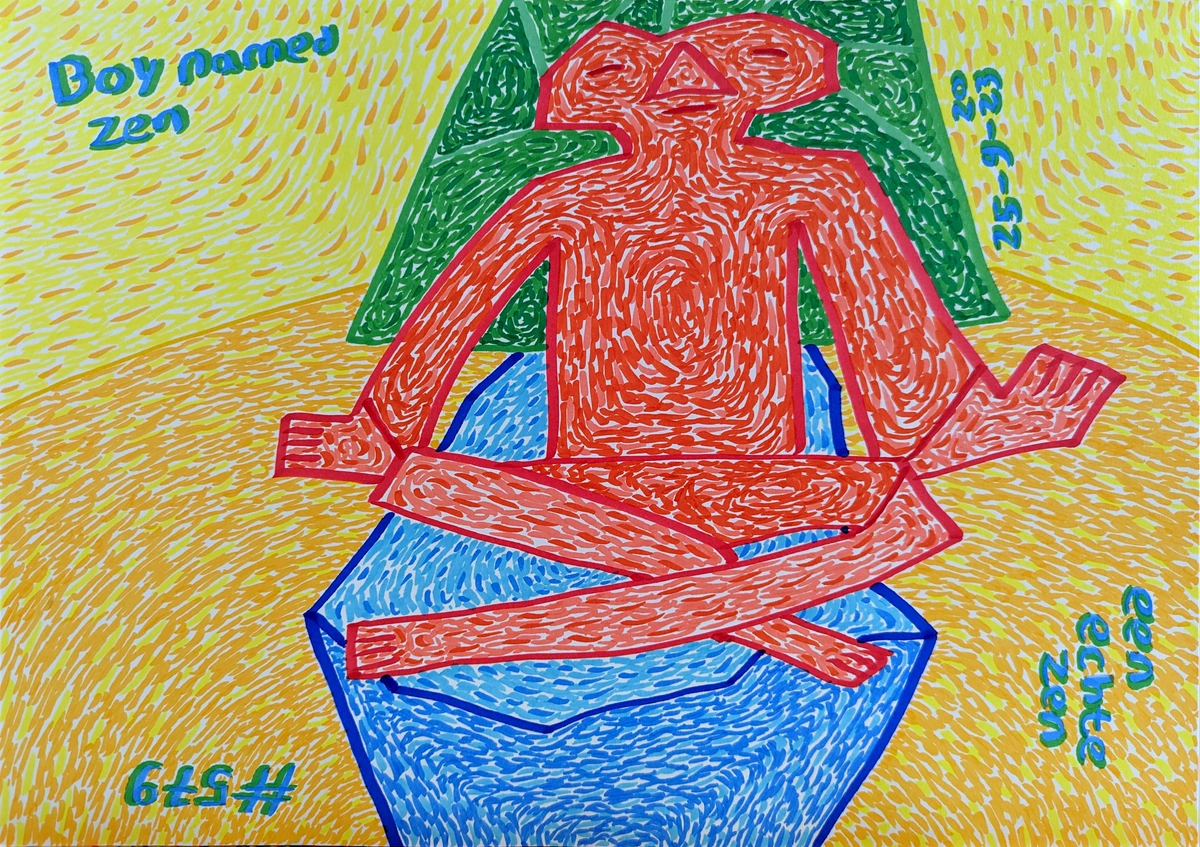
And it's not just solitary expression. Collaborative art projects, even simple ones like a shared mural or a group collage, introduce vital social development skills. Children learn to negotiate, compromise, share materials, and understand that individual contributions can combine to create something greater. It's a beautiful, hands-on lesson in teamwork, laying foundations for navigating social dynamics and appreciating diverse viewpoints. How does your child express their unique voice?
Fine Motor Skills & Spatial Reasoning: The Unsung Heroes of Learning
But beyond the visible artistry, what are the hidden physical and mental skills being honed, often without us even realizing? Before you can write a masterpiece, you need to be able to hold a pencil. That’s where fine motor skills come in. Activities like gripping crayons, cutting paper, molding clay, or even placing tiny mosaic pieces are rigorous workouts for those small hand and finger muscles. These aren't just for art class; they’re foundational for writing, dressing themselves, and countless other daily tasks, directly impacting readiness for school and academic success, especially in subjects requiring precision like legible handwriting, drawing accurate scientific diagrams, or manipulating scientific equipment. In fact, developing precise fine motor control is a quiet hero in early literacy, preparing hands and brains for the intricate dance of forming letters and writing. And if I'm being honest, my own fine motor skills are still tested regularly when I'm trying to hold a tiny brush steady for intricate details – it never stops being a workout!
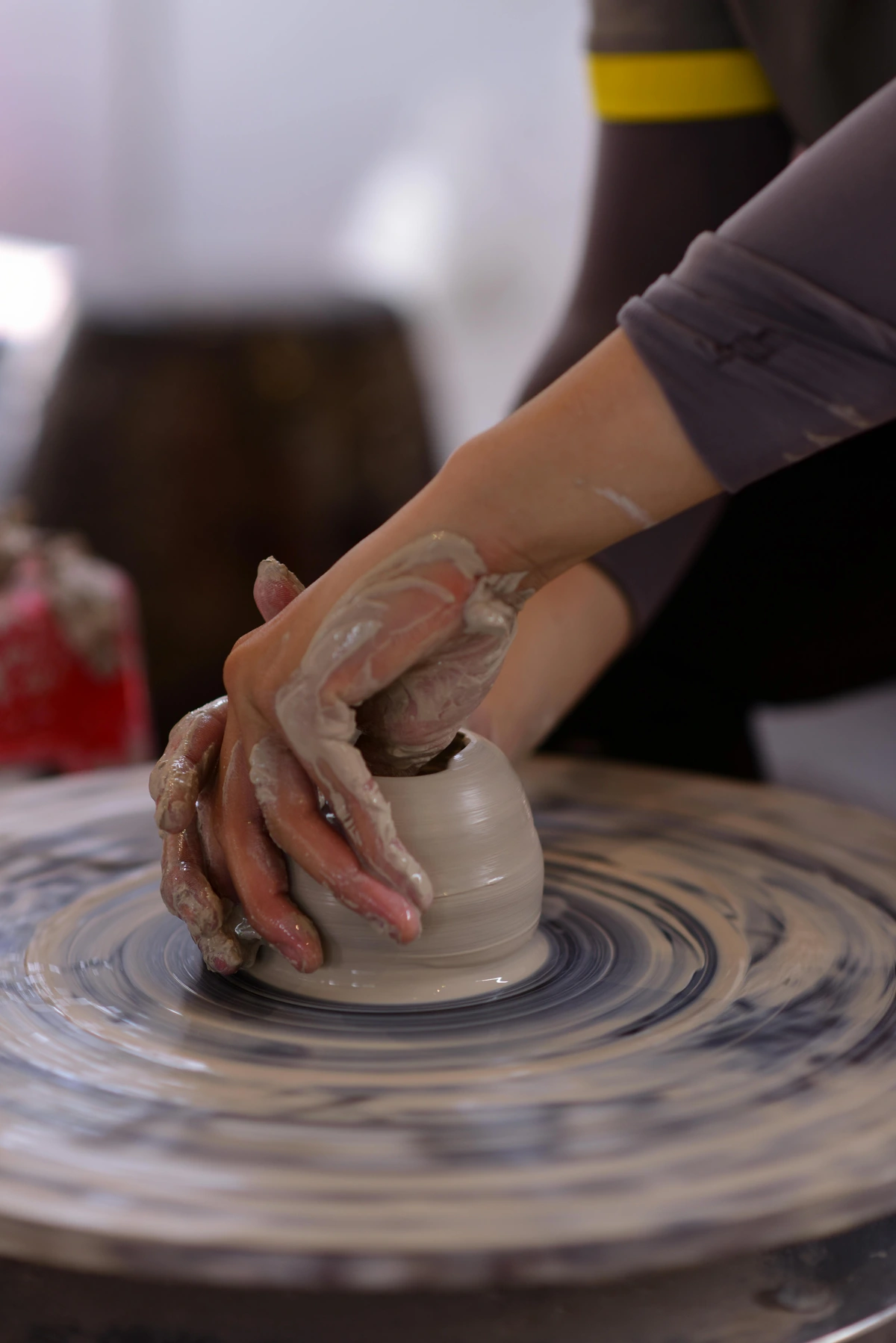
Then there's spatial reasoning. How big should this house be compared to the tree? Where does the sun go in relation to the mountain? Children learn about perspective, proportion, and how objects relate to each other in space. This skill is critical not just for art, but for understanding math concepts like geometry, navigating environments, and even packing a suitcase efficiently (a skill I’m still perfecting, frankly, as evidenced by my perpetually overflowing travel bags that always need a second attempt). These are the cognitive building blocks for engineering, architecture, and the abstract logic required in computer coding. Understanding 3D forms through sculpture, for example, directly translates to conceptualizing complex scientific models or intricate engineering designs. It also strengthens foundational concepts in STEM education, fostering an iterative design process and hands-on experimentation akin to scientific inquiry. Understanding how shapes and patterns interact is fundamental to deciphering text and diagrams, too. What physical or mental skill do you see your child developing most through art?
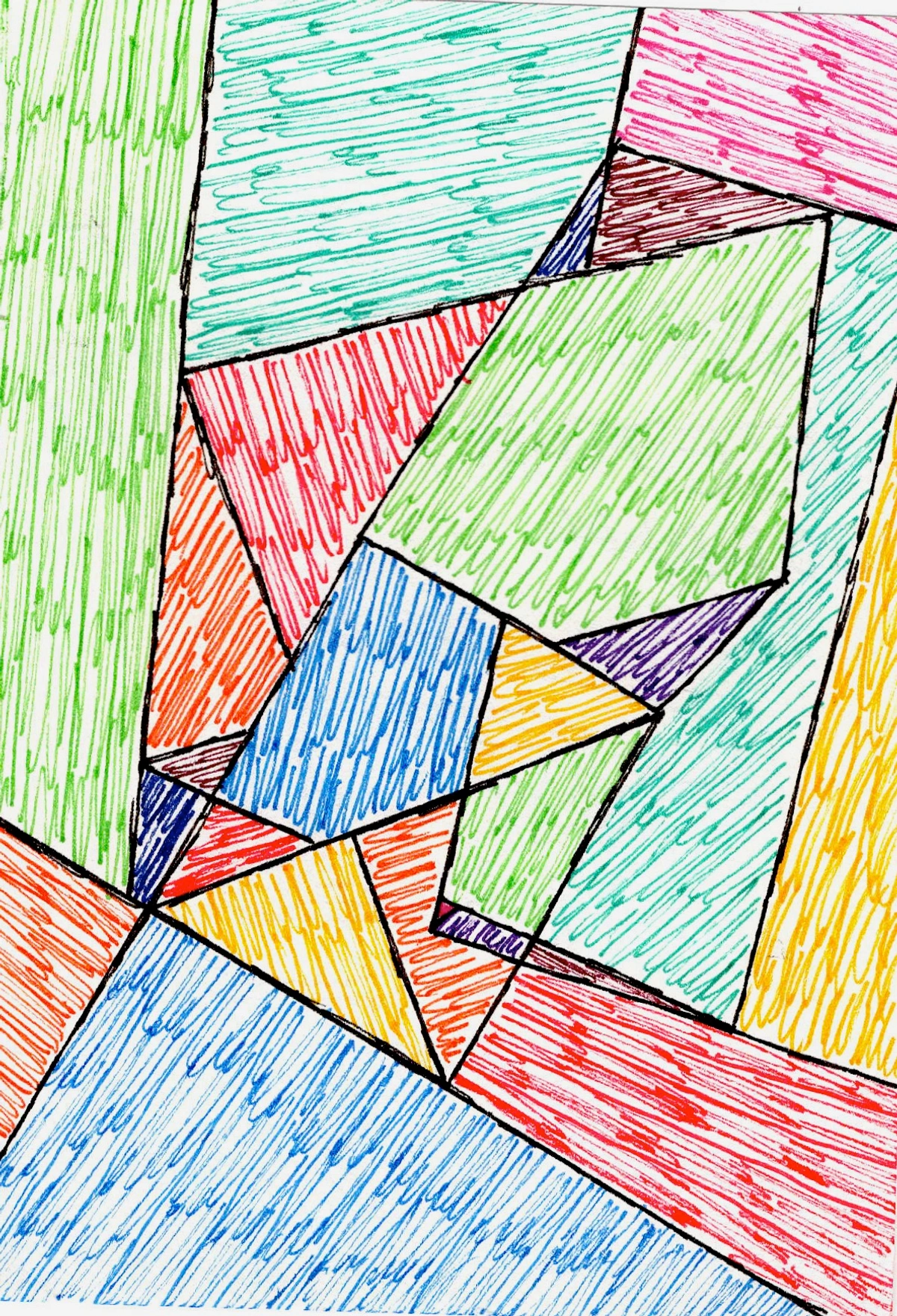
Creativity: More Than Just 'Being Artsy'
With these foundational physical and cognitive skills in place, children are then truly free to explore the boundless realm of creativity. When I hear someone say, "Oh, I'm not creative," it always makes me a little sad. Because creativity isn't just about being able to draw a photorealistic portrait. It's about thinking outside the box, generating new ideas, adapting to change, and finding novel connections between seemingly unrelated things. It's the engine of innovation, critical thinking, problem-solving, and a fulfilling life.
This isn't just about making pretty things; it's about building a strong foundation of resilience. Children who habitually think creatively, who aren't afraid to try unconventional solutions in their art, are better equipped to adapt to life's inevitable curveballs, seeing challenges as opportunities for innovation rather than dead ends. I've lost count of how many times a 'mistake' on my canvas has led to an entirely new, more compelling direction. It's about trusting the 'what if?' rather than clinging rigidly to the 'what is?'. Art nurtures this divergent thinking from a young age – the ability to generate multiple solutions or ideas for a problem (like imagining twenty different ways to paint a flower) – as opposed to convergent thinking, which focuses on finding a single best answer (like solving a math problem). The beauty of art is that it often requires both: divergent thinking to explore possibilities, and convergent thinking to make choices and refine a piece. There’s no single right way to paint a flower, right? So children are free to experiment, to combine colors no one else would, to imagine fantastical scenarios. Sometimes, adding constraints to an art project – like using only three colors, or making a sculpture only from found objects – can surprisingly boost creativity, forcing children to think resourcefully and inventively within boundaries. This freedom to explore, without judgment, translates into a mindset that approaches challenges with curiosity rather than fear. It’s about building a muscle that asks, "What if?" instead of just "What is?" Crucially, for young ones, art is play. It's the glorious, unfettered freedom of exploration, of getting lost in the process, of making a joyful mess without a prescribed outcome. And this playful engagement, this embracing of process over perfect product, is exactly what fuels the deepest learning and cultivates a powerful growth mindset – the belief that abilities can be developed through dedication and hard work, fostering a lifelong love of learning. It also often induces a 'flow state' – that deeply immersive experience where one loses track of time, fully absorbed in a creative task, which is incredibly beneficial for mental well-being and sustained concentration. What sparks your child's boundless imagination?
Art for Every Child: Inclusivity and Diverse Learners
Moving beyond the general benefits, one of the most powerful aspects of art is its profound inclusivity. The beauty of art is its universal language, truly for everyone. For children who might struggle with verbal communication, or those with learning differences, art provides an alternative, often empowering, avenue for expression and comprehension. It bypasses conventional barriers, offering a safe space for every child to explore, learn, and contribute, celebrating their unique perspective without judgment. This profound inclusivity becomes especially apparent when we consider children with specific learning differences. Art can also be adapted for children with physical disabilities, through accessible tools, adaptive techniques, or collaborative projects that ensure full participation and expression, emphasizing ability over limitation.
For instance, for a child with dyslexia, where traditional reading and writing can be a struggle, art can offer a non-verbal avenue for storytelling and concept comprehension. Visualizing concepts through drawing or building can solidify understanding in a way that words alone cannot. Similarly, for those with ADHD, the tactile engagement, the sustained focus on a creative task, and the ability to channel restless energy into physical creation can be incredibly calming and concentration-building, allowing them to engage deeply in a way other subjects might not. For children on the autism spectrum, art can be a structured yet flexible way to explore emotions, practice social narratives through visual cues, and develop fine motor skills without the direct demands of verbal interaction. Creating visual schedules or social stories through drawing helps them predict and understand social situations. For children with sensory processing disorders, the tactile and visual input of art-making can be incredibly grounding and calming, helping them regulate their sensory experiences in a safe and engaging way – think of the sensory richness of clay or finger paints. And for gifted children, art offers a unique space to explore complex ideas, express advanced concepts, and push creative boundaries in ways that traditional academic subjects might not always allow. They can delve into art history, analyze different movements like those explored in the ultimate guide to abstract art movements, or even create intricate installations that demand advanced planning and conceptualization. This provides a vital outlet for their intense curiosity and innovative thinking, and helps them analyze visual information, form judgments, and interpret complex ideas in their own unique way. Furthermore, exposing children to art from diverse cultures and historical periods fosters a deeper cultural understanding and appreciation, broadening their worldview and sense of identity within a global context. This also provides tangible links to history, allowing children to connect with past civilizations and traditions through their artistic expressions. How can we make art more accessible for every child?
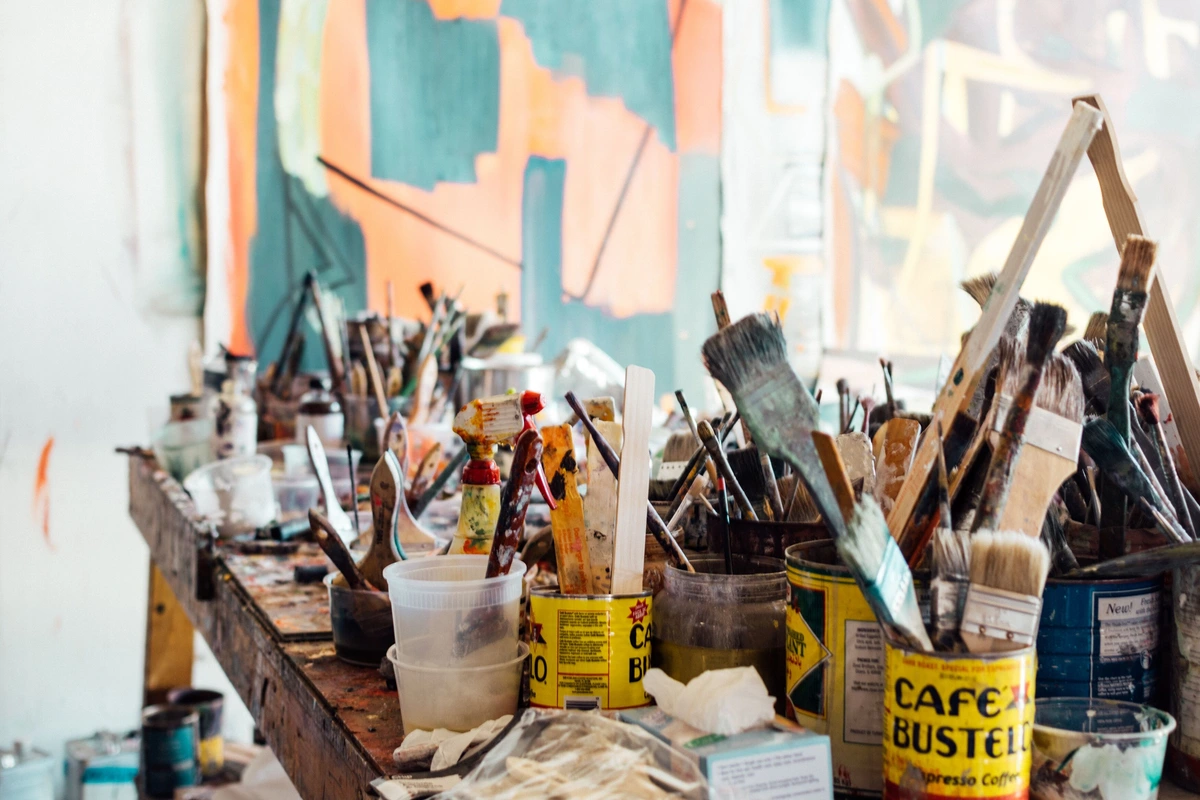
Making Room for Mess: Practical Tips for Encouraging Young Artists
So, we've established that art is fantastic for kids' brains, a genuine superfood for their developing minds. The why is clear, but how do we actually encourage it without turning our homes into a permanent paint-splattered disaster zone (unless you're into that, which, no judgment here)? It's a question I've wrestled with myself, balancing the desire for creative freedom with the reality of a tidy space. Honestly, sometimes it feels like a losing battle, but the payoff is always worth the extra cleanup. My own studio can look like a colorful explosion most days, so I get it. Here are some practical ways to translate all this wonderful theory into tangible, joyful experiences for your child.
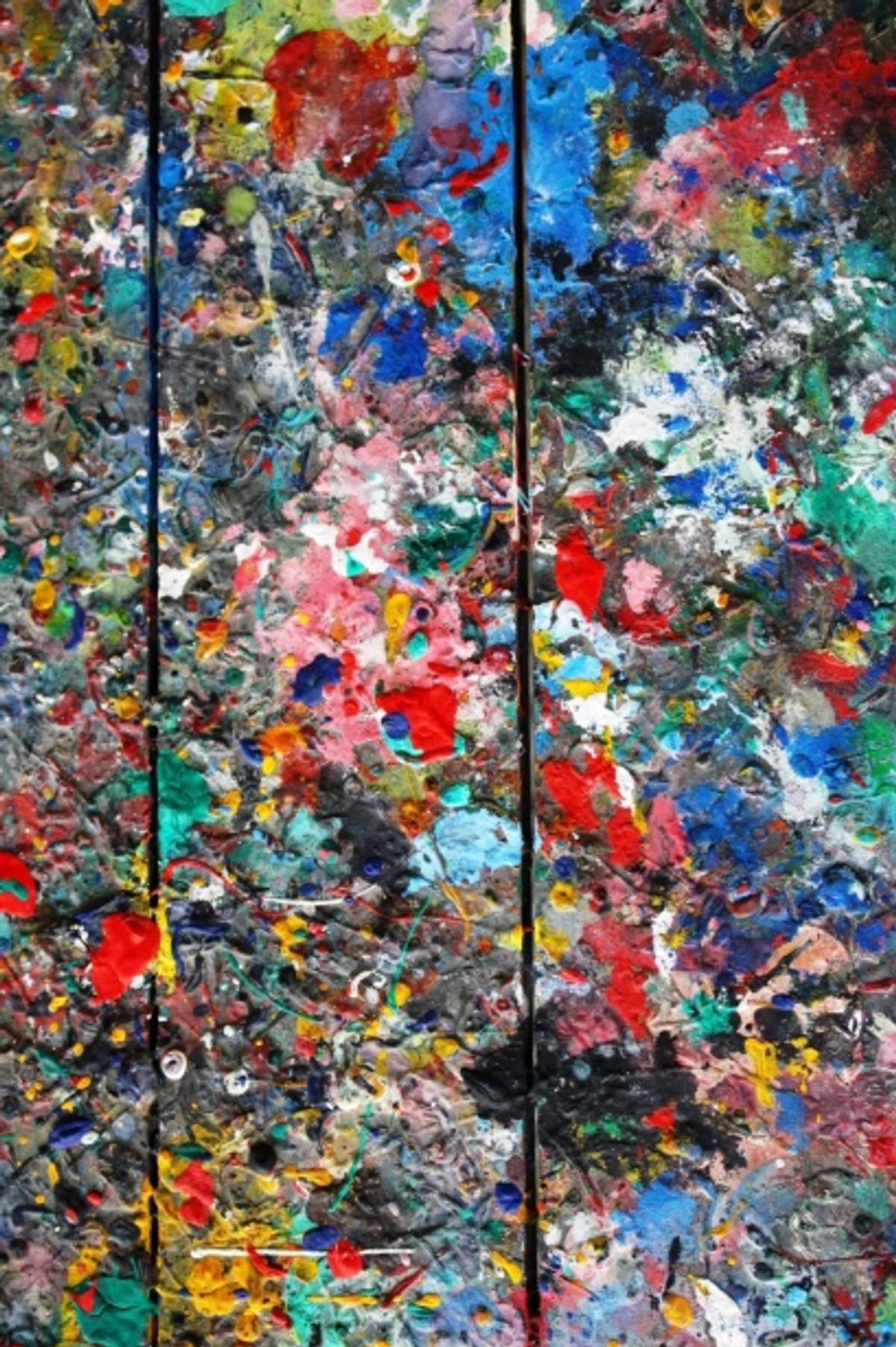
- Embrace Process Art (Over Product Art): The outcome isn't as important as the journey. Instead of focusing on making something 'perfect,' emphasize the exploration, experimentation, and joy of creation itself. Praise their effort, their choices, and their unique interpretations. "I love how you used so many different colors and explored new textures!" is much better than "That’s a beautiful tree." Remember, the art isn't the final destination, but the vehicle for learning.
- Provide a Variety of Materials: You don't need a fancy art store haul. Old magazines for collages, cardboard boxes for sculptures, even mud and sticks outside! Different textures and tools stimulate different senses and skills. Consider simple printmaking with found objects or trying out digital art tools for a different experience. For exploring the impact of color, you might even subtly introduce concepts like those found in the psychology of color in abstract art: beyond basic hues.
- Offer Open-Ended Prompts: Instead of "Draw a house," try "Draw a house for a magical creature," or "Draw how you feel today." This encourages imaginative thinking rather than strict replication. Even simple questions like, "What story does your painting tell?" can spark deeper engagement.
- Embrace the Mess (Within Reason!): Set up a dedicated 'art zone' if possible, even if it's just a corner of the kitchen table with a drop cloth. Smocks, old shirts, and a willingness to wipe things down are your best friends. I've learned to accept the occasional paint mark as a badge of honor in my own home.
- Let Them Lead (Resist the Urge to 'Fix'): This is a big one. Resist the urge to 'correct' their art or show them 'how it's done.' Their unique perspective is the most valuable thing they bring to the table. This isn't about teaching them to draw your way; it's about helping them find their way. When you intervene, even with good intentions, you risk stifling their imaginative exploration and sending the message that their natural expression isn't 'good enough.' Let them make their 'mistakes' – that's where the real learning happens, building resilience and self-reliance as they trust their own judgment. This also links deeply to developing a strong growth mindset.
- Celebrate Their Masterpieces: Display their artwork, not just as a pretty decoration, but as a validation of their effort and imagination. A simple spot on the fridge or a rotating gallery wall can do wonders for their self-esteem and encourage further creative endeavors. Discuss their art with genuine curiosity.
- Model Creativity: Don't just set them up with supplies; get involved yourself! Show genuine interest in creative pursuits, whether it's sketching, journaling, or even just building a complex Lego structure. Children learn by observing, and seeing you engage playfully with art sends a powerful message that creativity is a valued part of life for everyone.
- Observe and Engage Thoughtfully: While it's vital to let children lead, take a moment to observe their process. What choices are they making? What challenges are they encountering? Instead of directing, ask open-ended questions like, "Tell me about what you're creating here," or "What made you decide to use that color?" This shows genuine interest, encourages them to reflect on their own thinking (metacognition), and helps you understand their developing logic, without imposing your own artistic standards.
Key Terms: Unlocking the Language of Learning
Before we wrap up, a quick look at some of the brain-boosting terms we've discussed, each a stepping stone on your child's developmental journey:
Term | What it Means for Kids & Art |
|---|---|
| Cognitive Development | How children think, explore, and figure things out; art provides hands-on ways to build knowledge, solve problems, and imagine. |
| Neuroplasticity | The brain's amazing ability to rewire itself; art activities constantly create and strengthen neural connections with every new experience. |
| Executive Functions | Key mental skills like planning (designing a drawing), impulse control (waiting for paint to dry), and working memory (remembering steps in a craft), all honed through art. |
| Metacognitive Skills | Thinking about one's own thinking; art encourages children to reflect on their choices and challenges, fostering self-awareness. |
| Emotional Intelligence | The ability to understand and manage one's own emotions and recognize those of others; art offers a safe outlet for expression and empathy. |
| Divergent Thinking | Generating multiple solutions or ideas for a problem (like many ways to paint a flower); directly nurtured by art's open-ended nature. |
| Convergent Thinking | Focusing on finding a single best answer (like solving a math problem); art supports this by requiring focused choices within a creative process. |
| Growth Mindset | The belief that abilities can be developed through dedication and hard work; art encourages experimentation and learning from 'mistakes', fostering resilience. |
| Flow State | A state of complete absorption in an activity, leading to heightened focus, enjoyment, and skill development, often experienced during creative tasks. |
Key Takeaways: Why Art is Essential for Kids
To quickly recap, engaging with art from a young age provides a powerhouse of benefits for developing minds:
Benefit | How Art Contributes |
|---|---|
| Brain Building | Actively shapes neural connections, enhancing cognitive functions like problem-solving, planning, memory, and executive functions. |
| Emotional Outlet | Offers a safe, non-verbal way for children to process and express complex feelings, fostering emotional intelligence, self-regulation, and narrative skills across visual arts, music, and drama. |
| Skill Development | Develops crucial fine motor skills essential for writing and daily tasks, alongside spatial reasoning vital for math, science, and navigation; also includes kinesthetic learning through dance. |
| Creativity & Innovation | Cultivates divergent thinking, encouraging children to generate multiple solutions, embrace new ideas, and adapt to change, critical for lifelong adaptability and innovation. Fosters a powerful growth mindset and flow state. |
| Inclusivity & Identity | Provides an accessible platform for all children, including those with learning differences, to express themselves, build a sense of self-worth, and foster cultural understanding through exposure to diverse art forms and history. |
Frequently Asked Questions About Art & Kids' Brains
What if my child says they "can't draw"?
I hear this a lot, and it often stems from comparison or a desire for perfection. Remind them that art isn't about being 'good' in the traditional sense, but about expression and exploration. What I've found is that suggesting different mediums can be incredibly liberating! Try sculpture, collage, printmaking, photography, digital art tools, simple animation, or even performance art where the focus shifts from drawing specific lines to arranging forms, textures, light, or movement. These alternatives can open up new avenues for creative confidence and show them there are countless ways to be an artist. For inspiration, consider exploring my journey with mixed media: blending materials for abstract expression.
How early can children start with art?
From the moment they can grasp a crayon or dab a finger in paint! Even infants benefit from sensory play with safe, non-toxic materials. Toddlers love scribbling and exploring textures. The key is age-appropriate materials and supervision, letting them experiment freely, and ensuring a safe environment for their artistic explorations.
What are some age-appropriate art activities?
- Infants & Toddlers (0-3): Sensory play with safe, non-toxic finger paints (on paper or a high chair tray) to explore cause and effect, chunky crayons for scribbling to develop fine motor skills, playdough or clay for squeezing and pounding to build hand strength. Focus on texture and cause-and-effect. Introduce simple musical instruments or encourage free movement to music to foster rhythm and kinesthetic awareness.
- Preschoolers (3-5): More structured drawing and painting, cutting with child-safe scissors for precision, simple collages to understand spatial relationships, building with blocks or recycled materials. Encourage storytelling through their art, such as creating a puppet show with their drawings or a visual narrative from a favorite book. Introduce simple drama games like charades to foster emotional recognition and empathy. Explore basic elements of art like color, line, and shape, perhaps looking at how artists like Alma Thomas used vibrant colors.
- School-Aged Children (5+): Introduce different mediums like watercolors, pastels, or simple printmaking. Encourage observation drawing, more complex crafts, and projects that involve planning and sequential steps to foster critical thinking (e.g., designing a blueprint before building a sculpture, or creating a multi-panel comic strip). Provide opportunities for them to express emotions or ideas. Expose them to art history, discussing works by artists like Henri Matisse or Alma Thomas, known for their expressive use of color and form. You can also dive into the psychology of color in abstract art: beyond basic hues for deeper understanding. Encourage them to create their own musical compositions or choreograph simple dance routines, fostering abstract thought and collaboration.
A Personal Brushstroke: My Hope for Your Little Ones
Watching a child fully engrossed in a creative pursuit is one of life's genuine pleasures. They're not just playing; they're building the very foundations of who they will become. They’re solving problems, expressing their deepest feelings, refining their physical coordination, and dreaming up worlds that don't yet exist. Just like my own early 'masterpieces' – those chaotic blobs and explosions of color – were laying the groundwork for my artistic journey, your child's creative play is forging a path for their future. And perhaps, through this journey, they'll discover their own unique artistic voice, whether it's through painting, composing, dancing, or even building a miniature city out of recycled materials. Just as my own artistic journey, documented on my timeline, continues to unfold with every brushstroke, it's a testament to the power of continuous learning and evolution in art and life. Let's actively foster this. Spend time painting, sculpting, or even just scribbling alongside your child. Engage in a shared art project this weekend – it doesn't have to be perfect, just present. Give them all the tools and freedom they need to make those wonderful messes, not just for childhood development, but for a rich, imaginative life filled with curiosity and a lifelong love for learning. You can explore my own abstract works, which, in their complexity and layers, are still very much a reflection of that same boundless exploration and problem-solving spirit I advocate for in children's art, either to buy or by visiting my museum in 's-Hertogenbosch.




